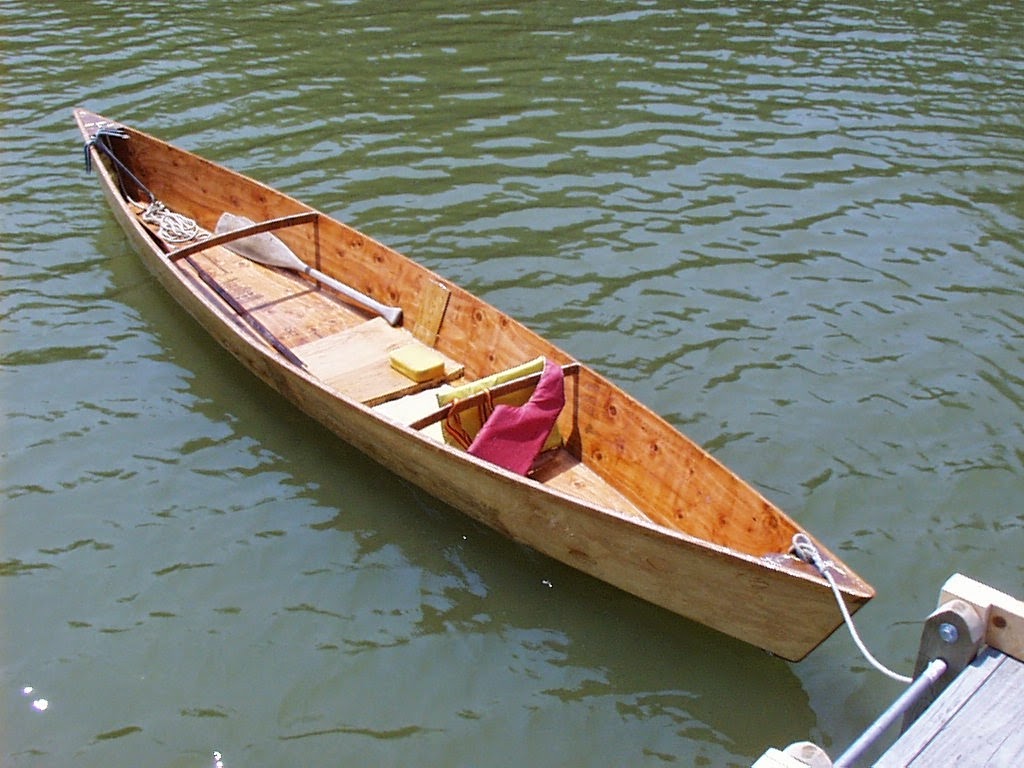
Beyond the Blueprint: Unveiling Hidden Potential in Plywood Boat Plan Modification
Modifying plywood boat plans isn't just about tweaking dimensions; it's about unleashing creativity and pushing the boundaries of what's possible. While many resources focus on basic alterations, this review delves into less-explored aspects, offering fresh perspectives for hobbyists, builders, and educators alike. We'll tackle these advancements through a unique Q&A format, blending theoretical insights with practical examples.
The Untapped Potential of Material Substitution: Beyond Marine Plywood
Q: Can I use alternative plywood types beyond traditional marine-grade plywood?
A: Absolutely! While marine plywood’s water resistance is paramount, exploring alternatives opens exciting avenues. Consider using sustainably sourced plywood with appropriate sealants and coatings. For instance, bamboo plywood offers impressive strength-to-weight ratios and a striking aesthetic, albeit requiring meticulous waterproofing. Recent studies (e.g., research published in the *Journal of Composite Materials* on the performance of various plywood types under marine conditions) suggest that with the right protective measures, certain alternatives can perform admirably. Remember to carefully evaluate the plywood's density, grain orientation, and water absorption properties before committing.
Reimagining Hull Designs: Beyond the Standard Forms
Q: How can I incorporate advanced hydrodynamic principles into my modified design?
A: Traditional designs often lack the sophistication modern computational fluid dynamics (CFD) offers. Using freely available CFD software (or consulting with naval architects), you can analyze the hull's performance and tweak the shape for enhanced speed, stability, or fuel efficiency. For example, incorporating subtle changes to the keel design, adding chines (sharp edges along the hull), or experimenting with hard chines based on research from journals like *Ocean Engineering* can yield significant results. This isn't just about aesthetics; it's about optimizing performance.
Q: Can I integrate modern composite materials to enhance strength and reduce weight?
A: Yes! Integrating elements like carbon fiber or fiberglass reinforcement can drastically improve the boat's structural integrity and reduce its overall weight. This allows for increased speed, better fuel economy, and potentially a reduction in the overall amount of plywood needed. The trick lies in careful integration â€" using techniques detailed in resources like "Boatbuilding: A Complete Handbook" by Michael K. Harding â€" to ensure a seamless and strong bond between the plywood and composite elements. This requires a solid understanding of composite materials science and construction techniques, but the results are well worth the effort.
Beyond the Boat: Integrating Innovative Features
Q: How can I incorporate sustainable and smart features into my modified plywood boat?
A: This is where innovation truly shines! Consider integrating solar panels for power, using recycled materials in the construction process (researching sustainable boatbuilding practices from organizations like the Environmental Protection Agency), and employing smart sensors for monitoring hull integrity or navigation. A real-world example: a student project at the Massachusetts Institute of Technology successfully integrated a self-monitoring system using embedded sensors into a small plywood sailboat, detecting stress points and potential structural weaknesses in real-time. These features move beyond mere aesthetics and demonstrate responsible boat building for the future.
Conclusion: Embracing the Unconventional
Modifying plywood boat plans is a journey of exploration. By challenging conventional wisdom, incorporating advanced technologies, and embracing sustainable practices, you can craft a truly unique vessel that reflects your individual creativity and design vision. Don't be afraid to experiment, research, and learn; the possibilities are as vast as the ocean itself.

0 comments:
Post a Comment
Note: Only a member of this blog may post a comment.